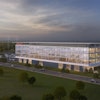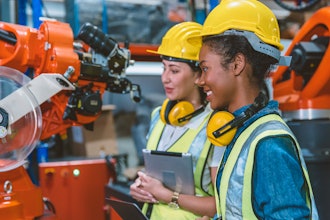
The Department of Energy’s Oak Ridge National Laboratory set a new milestone in nuclear component innovation, successfully testing two 3D-printed stainless steel experimental capsules at the lab’s High Flux Isotope Reactor, or HFIR.
This achievement marks an important step in demonstrating that additively manufactured components can meet the rigorous safety standards required in nuclear applications.
These capsules are used to hold sample materials during irradiation experiments, allowing researchers to test how those materials might respond in a nuclear reactor. The capsule provides a pressure and containment barrier for the experiment, which is a critical safety feature.
An ORNL team used a laser powder-bed system at the lab’s Manufacturing Demonstration Facility, or MDF, to 3D print the 316H stainless steel capsules. This type of steel is being evaluated because it offers high-temperature strength, corrosion and radiation resistance, proven nuclear-grade performance and weldability needed for safe, durable use in reactor environments.
The team then assembled and qualified the capsules to be inserted into HFIR by ORNL’s Irradiation Engineering group. The capsules underwent a month-long irradiation in the reactor and were removed fully intact. This demonstration sets the stage for future nuclear component designs to be produced using additive manufacturing.
Ryan Dehoff, director of the MDF at ORNL, said, “As we demonstrate the reliability of these printed components, we’re looking at a future where additive manufacturing might become standard practice in producing other critical reactor parts."
HFIR provides one of the world’s highest neutron flux environments, allowing researchers to test and qualify fuels and materials under conditions such as a nuclear reactor. Fabricating and qualifying experimental capsules to irradiate fuel and material samples is a costly and time-consuming process, demanding custom materials and designs. Additive manufacturing, or 3D printing, could streamline the development of experimental capsules, significantly reducing the cost and time associated with producing these components, ultimately driving greater innovation in nuclear science and technology.
Richard Howard, a group leader in the Nuclear Energy and Fuel Cycle Division at ORNL, said, “The nuclear materials and fuels research communities are being asked to qualify advanced reactor technologies to survive very harsh conditions. Additive manufacturing will expand my group’s toolset to develop innovative experiments to support this critical need."






















